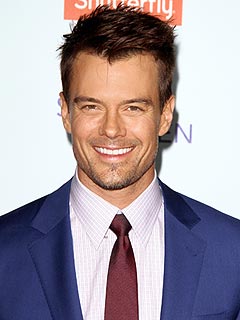The remains of what was once one of Los Angeles' most coveted neighborhoods can be seen behind a fence topped with barbed wire.
Weeds sprout through cracks along streets lined with majestic palms. Retaining walls and foundations of custom homes peek through the brush. Rusty utility lines that have wiggled their way above ground bake in the sun like scattered bones.
Two throttled-up passenger jets simultaneously take off from LAX and soar overhead, the thundering cacophony a reminder of why the community of Surfridge was forced to disappear.
Developed in the 1920s and 1930s, Surfridge was an isolated playground of the wealthy, among the last communities built on miles of sand dunes that once dominated the coast. Hollywood elites built homes here that commanded views from Palos Verdes to Malibu.
The small airfield to the east that opened in 1928 was a good place to see an air show. It would take nearly two decades for it to become the city's primary airport.
Today, Surfridge is a Los Angeles curiosity — a modern ghost town inhabited by a rare butterfly.
The El Segundo blue butterfly was near extinction when the last of Surfridge's 800 homes were removed in the early 1970s, the victim of an expanding Los Angeles International Airport.
In the decades since, the federally protected endangered species has made a comeback due to the establishment of a 200-acre butterfly preserve managed by the city. Nonnative plants were removed and native buckwheat — where the butterflies feed and lay their eggs — was reintroduced.
Now, more than 125,000 butterflies take flight each summer, unfazed by the constant thunder of jets overhead.
LAX may have wiped Surfridge off the map, but the airport has turned out to be a perfect neighbor for a growing community of butterflies.
"It's a remarkable recovery," said Richard Arnold, an entomologist who has worked as a consultant at the preserve. "But you've got to realize that insects have a remarkable reproductive capacity if their natural food source is there."
Soon there will be more. The California Coastal Commission recently approved a $3-million plan to restore portions of 48 acres at the northern end of the old subdivision. The project is part of a settlement of a lawsuit between LAX and surrounding cities over the airport's expansion plans.
Some streets, curbs, sidewalks, home foundations and utilities visible to neighboring homeowners will be removed. Six acres will be reseeded with native plants — sagebrush and goldenbush, primrose, poppies and salt grass among them — that will return this sliver of dunes back to where it was a century ago.
"They wanted us to fix what they consider to be an eyesore," airport spokeswoman Nancy Suey Castles said.
The story of Surfridge is a parable for a century's worth of urban growth destruction.
"It was paradise when I was a kid," said Duke Dukesherer, a business executive and amateur historian who has written about the area. "Everybody who sees it now asks the same question: What the hell happened here?"
A development company held a contest in 1925 to name its newest neighborhood, awarding $1,000 to a Los Angeles man who submitted "Surfridge."
"The outstanding name was (chosen) due to its brevity, euphony, ease of pronunciation…" The Times reported. "But above all because it most satisfactorily tells the story of this new wonder city."
Prospective buyers picked up brochures in downtown Los Angeles and drove to the coast, where salesmen worked out of tents. Lots went for $50 down and $20 a month for three years.
Home exteriors were required to be brick, stone or stucco — no frame structures allowed. And no one "not entirely that of the Caucasian race," according to the development's deed restrictions "except such as are in the employ of the resident owners."










